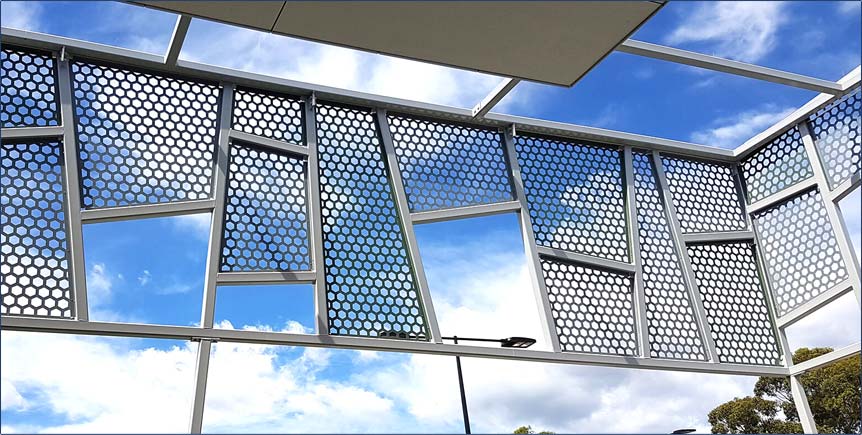The Importance of Temporary Fencing for Construction Sites
In the world of construction, maintaining a safe and secure environment is crucial not only for the workers on-site but also for the public and the surrounding community. One of the most effective and practical solutions to ensure safety and security is the use of temporary fencing. This article explores the significance of temporary fences for construction sites, highlighting their benefits, types, and best practices for installation and maintenance.
The Need for Temporary Fencing
Construction sites are often bustling areas filled with heavy machinery, hazardous materials, and numerous workers. These conditions necessitate measures that protect both people and property. Temporary fencing serves several key purposes
1. Safety and Security Temporary fences create a physical barrier that prevents unauthorized access to the site, minimizing the risk of accidents. Not only do they protect workers from potential hazards, but they also safeguard the general public from entering dangerous areas.
2. Liability Protection Construction companies can face significant liability issues if someone is injured on their premises. By installing temporary fencing, companies demonstrate their commitment to safety and can potentially reduce legal risks associated with trespassing and injuries.
3. Site Protection Construction materials and equipment are expensive investments that need to be protected from theft and vandalism. A sturdy temporary fence can deter criminal activity, ensuring that valuable assets remain secure.
4. Visual Appeal In many cases, construction sites can be unsightly and affect local aesthetics. A well-constructed temporary fence can help contain the mess, providing a cleaner look to the neighborhood while the construction is underway.
Types of Temporary Fencing
There are various types of temporary fencing available for construction sites, each catering to different needs and circumstances. The most common options include
1. Chain Link Fencing This is one of the most popular choices due to its durability and visibility. Chain link fences can be easily erected and removed, making them ideal for short-term projects.
2. Hoarding Hoarding is a solid barrier, often made of plywood or other materials, that offers a greater level of security and privacy. It is particularly useful in urban environments where additional privacy is necessary.
temporary fence for construction site

3. Panel Fencing These pre-manufactured panels are quick to set up and provide a stable barrier. Similar to chain link fencing, they can be reused for multiple projects.
4. Barricades While not a full fence, barricades can be used to manage pedestrian traffic and cordon off specific areas within a construction site.
Best Practices for Installation and Maintenance
To maximize the effectiveness of temporary fencing on construction sites, it is important to follow best practices for installation and maintenance
1. Proper Planning Before installing a temporary fence, a thorough assessment of the site should be conducted. Understanding the perimeter, potential hazards, and access points will help in the correct placement of the fencing.
2. Sturdy Materials Choose materials that can withstand environmental factors such as wind and rain. A sturdy fence will be more effective in providing security.
3. Regular Inspections Once the fencing is installed, regular checks are essential to ensure it remains intact. Any damage or wear should be promptly addressed to maintain safety standards.
4. Clear Signage In addition to the physical barrier, clear signage should be placed on the fence to communicate the dangers of entering the site. This further enhances safety for both workers and the public.
5. Legal Compliance Ensure that all local regulations regarding temporary fencing are followed, including height requirements, signage, and accessibility for emergency services.
Conclusion
Temporary fencing is an essential aspect of construction site management that provides safety, security, and visual appeal. By understanding the different types of temporary fencing and adhering to best practices for installation and maintenance, construction companies can create a safer working environment that benefits everyone involved. As construction projects continually evolve, so too should the strategies employed to protect workers and the surrounding community, making temporary fencing a staple in modern construction practices.
-
Why Galvanized Trench Cover Steel Grating Resists Corrosion
NewsJul.10,2025
-
The Versatility and Strength of Stainless Expanded Metal Mesh
NewsJul.10,2025
-
Load Calculations in Steel Grating Platforms
NewsJul.10,2025
-
Keeping Pets and Kids Safe with Chicken Wire Deck Railing
NewsJul.10,2025
-
Hole Diameter and Pitch for Round Perforated Metal Sheets
NewsJul.10,2025
-
Aluminium Diamond Mesh in Modern Architecture
NewsJul.10,2025
Subscribe now!
Stay up to date with the latest on Fry Steeland industry news.

